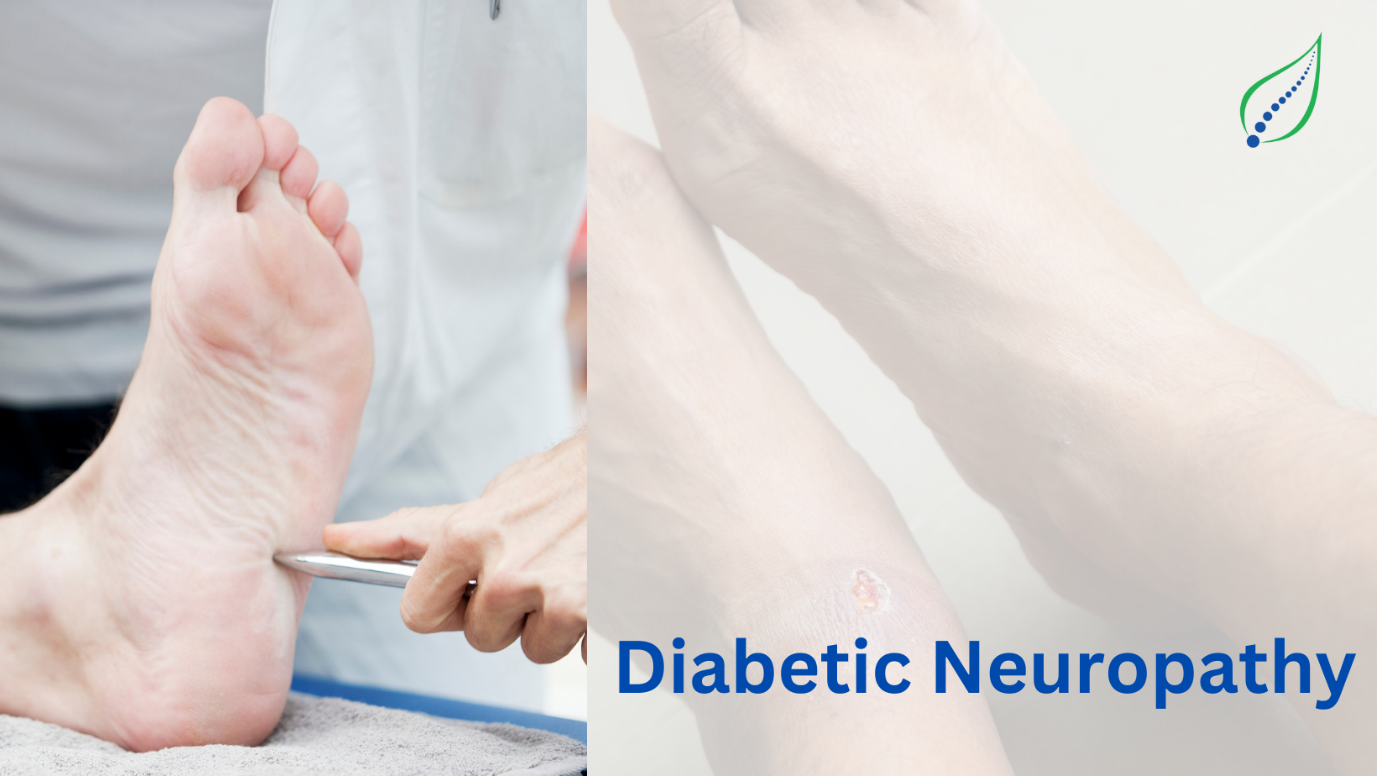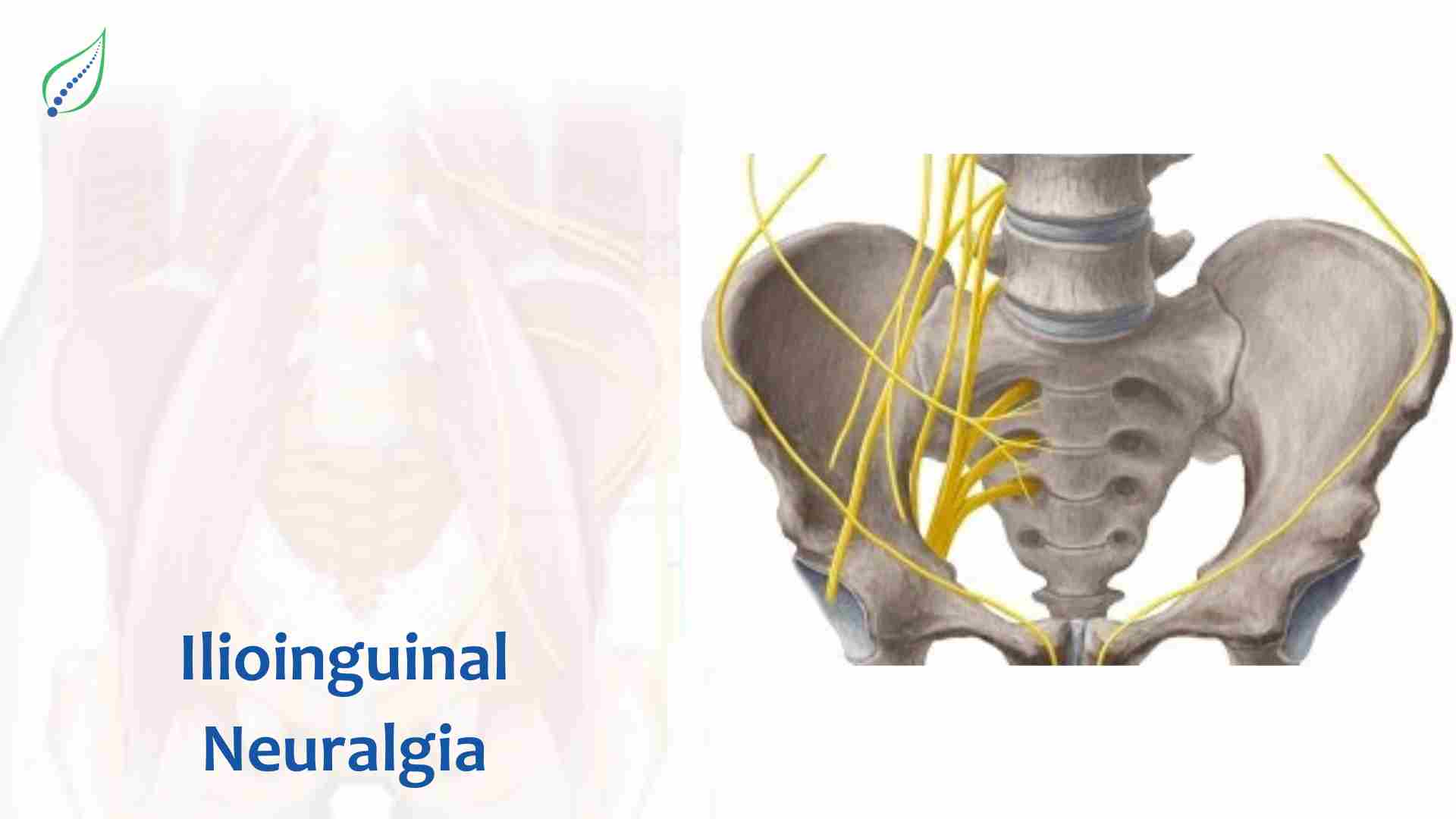Diabetic Neuropathy
Diabetic neuropathy is the serious condition for people suffering from diabetes as it leads to nerve damage. Neuropathy normally happens when there is rise in blood sugar levels. The signs and symptoms usually take several years to appear.
Diabetes can lead to diabetic neuropathy, which is damage to the nerves. Diabetes causes excessive levels of blood lipids, such as triglycerides, and blood glucose which over time is harmful to nerves. The symptoms are defined by the type of neuropathy a person has.
Causes of diabetic neuropathy are still unknown, a number of factors, such as:
- Elevated blood sugar level alters the chemical properties of nerves, making them less capable of transmitting signals. It may also harm the blood arteries that supply the nerves with nutrition and oxygen.
- Metabolic factors such as high triglyceride and cholesterol levels are also linked to an increased risk of neuropathy. Mostly obese person are affected by it.
- Certain hereditary traits may make some people more susceptible to nerve disease than others.
Symptoms of diabetic neuropathy may include:
- Tingling
- Numbness
- Pain
- Muscle wasting (hands and legs)
- Constipation
- Dizziness
Different types of diabetic neuropathy:
Peripheral neuropathy:
Peripheral neuropathy is nerve damage that typically affects the feet and legs and sometimes affects the hands and arms.
Autonomic neuropathy:
Autonomic neuropathy is damage to nerves that control your internal organs. Autonomic neuropathy can lead to problems with your heart rate and blood pressure, digestive system, bladder, sex organs, sweat glands, eyes, and ability to sense hypoglycaemia.
Focal neuropathies:
Focal neuropathies are conditions in which you typically have damage to single nerves, most often in your hand, head, torso, and leg.
Proximal neuropathy:
Proximal neuropathy is a rare and disabling type of nerve damage in your hip, buttock, or thigh. This type of nerve damage typically affects one side of your body and may rarely spread to the other side. Proximal neuropathy often causes severe pain and may lead to significant weight loss.
A physician will carry out a physical exam and foot exam to check for:
- ankle reflexes
- loss of sensation
- changes in skin texture
- changes in skin colour
- Other tests may include a check of blood pressure and fluctuations in heart rate.
Some diagnostic tests, such as:
- an electromyogram (EMG), which records electrical activity in the muscles
- a nerve conduction velocity test (NCV) which records the speed at which induced signals pass through the nerves.
Diabetic neuropathy cannot be cured; although it can be prevented from progressing quickly. The greatest method to reduce the risk of developing diabetic neuropathy or limit its progression is to maintain appropriate blood sugar level.
A thorough treatment plan will also include regular exercise and, if necessary, quitting smoking. A doctor may also recommend complementary therapies or dietary supplements for neuropathy.
A painless kind of physical therapy called electrical nerve stimulation may help to ease stiffness and speed the healing of foot ulcers.
Gait training involves relearning how to walk. It helps to prevent and stabilize foot complications, such as ulcers and injury. This type of physical re-education is crucial for people using prosthesis after losing limbs if diabetic neuropathy leads to an amputation.
A good physical therapist will ensure that exercises for people with diabetic neuropathy do not hurt the feet, which can be sensitive.
In case of painful diabetic neuropathy doctor may suggest sympathetic ganglion block.




